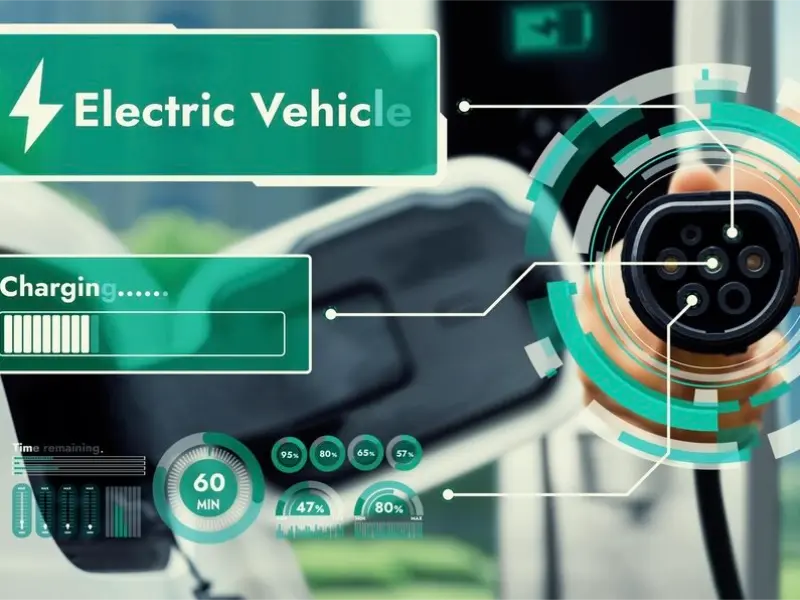- Charging networks encompass a system of interconnected charging stations strategically placed across various locations to facilitate the convenient recharging of electric vehicles.
- They play a crucial role in alleviating range anxiety among EV owners by ensuring accessibility to charging facilities wherever they go.
- Standardisation and interoperability are key aspects of charging networks, allowing EV drivers to use any compatible charger regardless of the manufacturer, thus enhancing user experience and convenience.
Charging networks have become an essential component of the modern world, particularly in the realm of electric vehicles (EVs). These networks form the backbone of the EV ecosystem, providing essential infrastructure for recharging vehicles and supporting long-distance travel.
Understanding charging networks
Charging networks comprise a network of charging stations strategically placed across various locations, enabling EV owners to recharge their vehicles conveniently. These stations come in different forms, from slow-charging domestic units to rapid DC chargers commonly found along highways and urban areas.
A robust charging network ensures that EV drivers have access to charging facilities wherever they go. This accessibility is vital for alleviating range anxiety—a common concern among prospective EV buyers—which refers to the fear of running out of battery power before reaching a charging point.
Standardisation is crucial for the seamless operation of charging networks. Common protocols and standards ensure interoperability between different charging stations and EVs, allowing drivers to use any compatible charger regardless of the manufacturer.
Also read: Is the electric vehicle charging station business profitable?
What is a charging network?
In recent years, the surge in electric vehicle adoption has propelled the development of charging networks worldwide. A charging network, simply put, is a system of interconnected charging stations designed to recharge electric vehicles. These networks play a pivotal role in supporting the widespread adoption of EVs by providing essential infrastructure for recharging.
As governments and industries push towards decarbonisation and reducing reliance on fossil fuels, the importance of charging networks cannot be overstated. They form the backbone of the electric vehicle ecosystem, enabling drivers to charge their vehicles conveniently and facilitating long-distance travel.
The evolution of charging networks has seen significant advancements, from traditional slow-charging points at home or workplaces to rapid DC chargers installed along highways and in urban areas. This expansion has been driven by a combination of government incentives, private investments, and technological innovations.
Charging networks not only offer convenience for EV owners but also contribute to environmental sustainability by reducing greenhouse gas emissions associated with traditional petrol and diesel vehicles. Furthermore, they play a crucial role in enhancing energy security and reducing dependence on imported oil.
Also read: PLANET partners with CHEWA to promote sustainability practices
Legislation governing charging networks
Several laws and regulations govern the establishment and operation of charging networks, ensuring safety, reliability, and fair competition in the market.
Energy Act 2011 outlines the UK government’s strategy for promoting renewable energy and reducing carbon emissions. It includes provisions for funding and support for the development of charging infrastructure, incentivising private investment in EV charging networks.
Introduced in 2014, the Electric Vehicle Homecharge Scheme (EVHS) provides grants to homeowners for the installation of domestic EV charging points. This initiative aims to encourage the widespread adoption of electric vehicles by making home charging more accessible and affordable.
Alternative Fuels Infrastructure Regulations 2017 requires member states of the European Union to develop a comprehensive network of alternative fuel stations, including electric vehicle charging points. The aim is to ensure that EV drivers have access to charging infrastructure across the EU.
Electric Vehicle Charging Points (Automatic Veiling) Act 2019 mandates that all newly installed public charging points must have automatic payment capabilities, allowing EV drivers to pay for charging services seamlessly. It aims to improve the user experience and promote the use of public charging infrastructure.

